
|
17th century
Farmers endure rough pioneer life while adapting to new environment
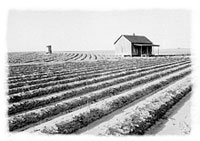 18th century
18th century
Ideas of progress, human perfectibility, rationality, and scientific
improvement flourish in the New World; small family farms predominate,
except for plantations in southern coastal areas; housing ranges from
crude log cabins to substantial frame, brick, or stone houses; farm
families manufacture many necessities
|
|
 |
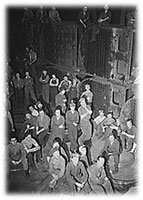
1810-30
Transfer of manufactures from the farm and home to the shop and factory
is greatly accelerated
|
|
 |
|
 |
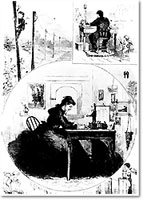
1840-60
Growth in manufacturing brings many labor-saving devices to the farm
home; rural housing improves with balloon-frame construction
1844
Success of the telegraph revolutionizes communications
1845
Mail volume increases as postage rate is lowered
|
|
 |

 1860s 1860s
 Kerosene lamps become popular Kerosene lamps become popular
 1865-90 1865-90
 Sod houses common on the prairies Sod houses common on the prairies
|
|
 |

1895
George B. Seldon is granted U.S. patent for automobile
1896
Rural Free Delivery (RFD) started
|
|
 |
1900-20
Urban influences on rural life intensify
1908
Model T Ford paves way for mass production of automobiles; President
Roosevelt's Country Life Commission focuses attention on the problems
of farm wives and difficulty of keeping children on the farm
1908-17
Country-life movement
|
|
 |
|
 |
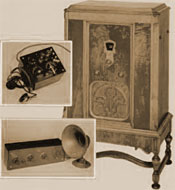
1920s
Movie houses become common in rural areas
1921
Radio broadcasts begin
|
|
 |
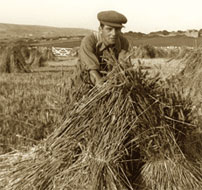
 1930 1930
 13% of all farms have electricity 13% of all farms have electricity
 1936 1936
 Rural Electrification Act (REA) greatly Rural Electrification Act (REA) greatly
 improves quality of rural life improves quality of rural life
|
|
 |
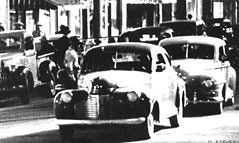
1940
58% of all farms have cars; 25% have phones; 33% have electricity
|
|
 |
1950s
Television widely accepted; many rural areas lose population as farm
family members seek outside work
1954
70.9%
of all farms have cars; 49% have phones; 93% have electricity;Social
Security coverage extended to farm operators
|
|
 |
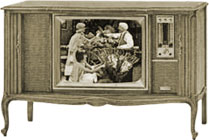
 1962 1962
 REA authorized to finance education TV REA authorized to finance education TV
 in rural areas in rural areas
 1968 1968
 83% of all farms have phones; 98.4% 83% of all farms have phones; 98.4%
 have electricity have electricity
|
|
 |
1970s
Rural areas experience prosperity and immigration
 1968
1968
90% of all farms have phones; 98.6% have electricity
|
|
 |
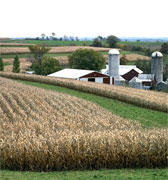
 Mid-1980s Mid-1980s
 Low prices and indebtedness affect many farmers Low prices and indebtedness affect many farmers
 in the Midwest; many rural counties decline in in the Midwest; many rural counties decline in
 population population
|
|
 |
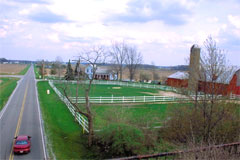
1990-99
Farm families make up less than 10 percent of rural population but rural
areas experience some growth
|
|
| |
Next Category >>
|







 Back to Index
Back to Index  Back to Top
Back to Top 







 Back to Index
Back to Index  Back to Top
Back to Top 